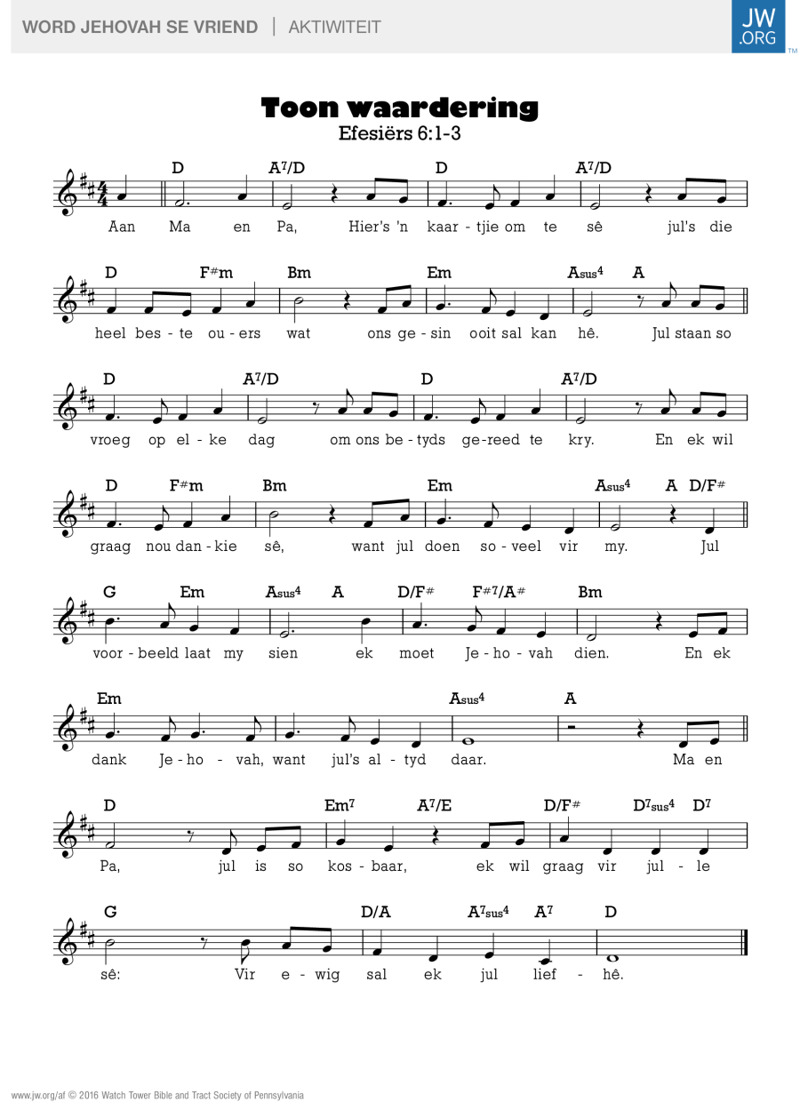

In die 1970's, voor die ontwikkeling van gevorderde klanktegnologie, was baie Afrikaanssprekers op hulleself aangewese vir vermaak. In this way a new desire to sing in Afrikaans can be inculcated in young children between the ages of four and twelve. The packaging of the songs in a CD format instead of as sheet music would be of cardinal importance. The evaluation of a selection of Rudolph's children's songs showed that this music from the 1970s can still be used today, although some lyrics would need to be updated. This results in the disuse of Afrikaans children's songs that are published only as sheet music. The conclusions reached indicate that the Afrikaans singing culture of the 1970s has been supplanted by an electronic listening culture. This aspect sets the research apart from any previous similar studies. In conducting a field experiment, a new CD of children's songs by Rudolph (containing recordings made during the 1970s) and sheet music was produced. The literature review of this study covered the singing habits of young Afrikaans speakers from the 1970s until the present. Currently these songs are seldom heard, and children's singing with the use of backtracks, microphones and sound amplifiers is becoming more popular.

In schools children were exposed to compulsory tuition in singing, and children's songs with Afrikaans texts, such as those by Anna Rudolph, were sung throughout South Africa by Afrikaans-speakers. Folk songs and other Afrikaans songs were often sung, either unaccompanied or with simple accompaniments. Show simple item record dc.thorĭuring the 1970s, before the development of advanced sound technology, Afrikaans speakers were compelled to entertain themselves.


 0 kommentar(er)
0 kommentar(er)
